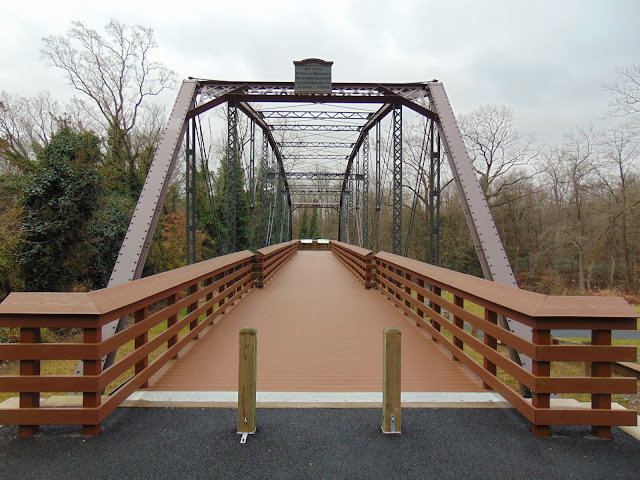Coplay Cement Company Kilns
 The Lehigh Valley has a long history of producing industrial products
that help make Pennsylvania and the world a stronger place. For
instance, Bethlehem Steel
was once the second largest producer of steel in the United States, and
they were based out of Bethlehem, Pennsylvania. The old steel plant in
Bethlehem has been transformed to SteelStacks, an arts and entertainment center. In Allentown, the Lehigh Valley IronPigs
minor league baseball team is named after pig iron, a byproduct of
smelting iron ore. However, the Lehigh Valley is also a leading producer
of Portland cement.
The Lehigh Valley has a long history of producing industrial products
that help make Pennsylvania and the world a stronger place. For
instance, Bethlehem Steel
was once the second largest producer of steel in the United States, and
they were based out of Bethlehem, Pennsylvania. The old steel plant in
Bethlehem has been transformed to SteelStacks, an arts and entertainment center. In Allentown, the Lehigh Valley IronPigs
minor league baseball team is named after pig iron, a byproduct of
smelting iron ore. However, the Lehigh Valley is also a leading producer
of Portland cement.Invented in England in the first half of the 19th Century, Portland cement has a long history of its own in the Lehigh Valley borough of Coplay. Portland cement was first successfully manufactured in the United States in 1871 by David Saylor in Coplay. Also in Coplay, the first successful use of the rotary kiln for making Portland cement took place in 1889. Even today, the rotary kiln is used in making cement, and the Lehigh Valley is still a major hub in Portland cement production, enabling the construction of modern bridges, buildings and other structures that we hold dear in today's world. So it was no wonder that a number of kilns were built in Coplay for production of cement.
At Saylor Park in Coplay, you can find the last remaining Schoefer kilns (or Aalborg kiln) used for Portland cement production in the world. Representatives from David Saylor's Coplay Cement Company had traveled to Germany and Denmark during the 1880s to discover better ways to manufacture cement and when they arrived back in Pennsylvania, a new mill with these kilns were built in Coplay, utilizing local red brick in their construction. However, with the advent and popularity of the rotary kiln, these Schoefer kilns in Coplay were last used in cement production in 1904. Over the decades, as surrounding buildings were demolished and even the top 30-40 feet of the kilns were removed (they once stood at 90 feet tall), the kilns fell into gradual decline due to their disuse.
Eventually, preservation efforts came into force for preserving the kilns. In 1976, Lehigh County acquired the kilns and the 2.6 acre property around the kilns, which led to the creation of Saylor Park. In 1980, the kilns were added to the National Register of Historic Places. While the immediate area surrounding the kilns are fenced off for their protection and preservation, there are informational boards around the kilns and around Saylor Park that describe the history of Portland cement and the mill that these kilns were part of. There are also recreational opportunities that include the kilns, in the form of the 9 mile long Ironton Rail Trail. With these efforts, the public can learn about and enjoy the kilns for years to come.
 |
| The kilns at Saylor Park. |
 |
| The various kilns and ovens were built quite close to each other. |
 |
| Nearby historical marker to explain the local cement history. |
 |
| One of the historical plaques at Saylor Park. This plaque explains the story of David Saylor. |
 |
| Honoring safety at the cement plant. |
How to Get There:
Sources and Links:
Lehigh County - Saylor Park
National Parks Service - Coplay Cement Company Kilns
Lehigh University - Beyond Steel: The Cement Industry in the Lehigh Valley
The Historical Marker Database - The Schoefer Kilns
The Morning Call - The quest to save Coplay's Saylor cement kilns



Comments
Post a Comment